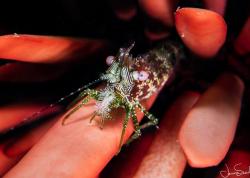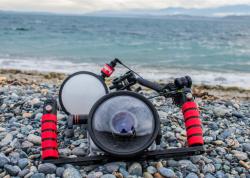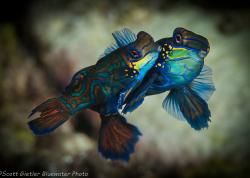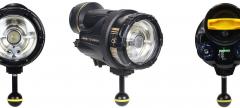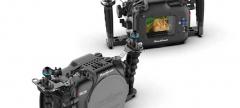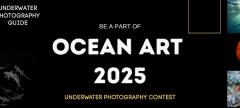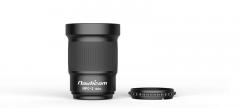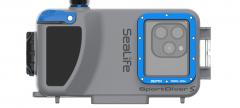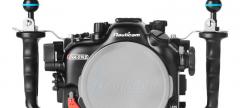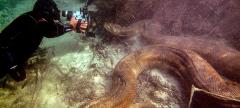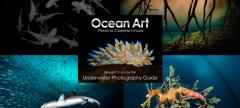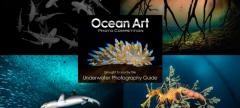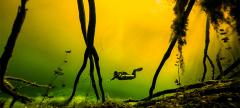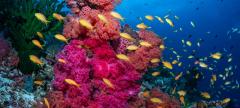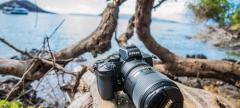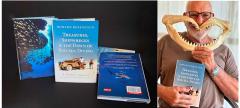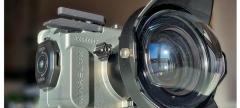Making Underwater Photography Simple with the TG-5
Editor’s note: The Olympus TG-5 is one of the best value compact cameras out there, with its microscope mode allowing for fantastic macro shooting. It is a perfect camera for someone looking to get into underwater photography, but is also used by many highly experienced underwater photographers to take excellent underwater shots (as you will see with Sibylle’s fantastic images below). Check out our TG-5 camera review for more information.
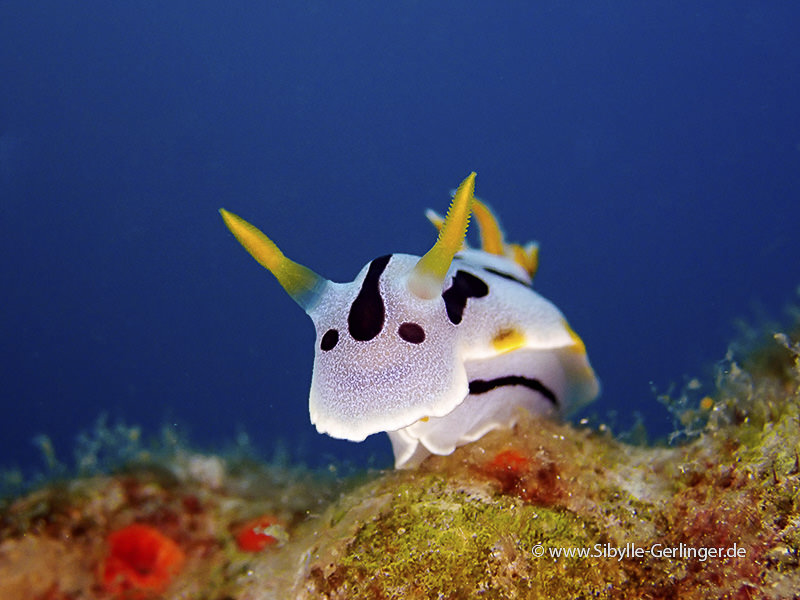
It took me nearly 28 years of diving before I finally started underwater photography. It took me so long because I simply wanted to enjoy the dive and the underwater scenery, instead of bothering with extra equipment, extra weight, and extra thoughts about technical details.
My first attempt at underwater photography began with a Nikon AW 100. It was a simple little compact camera, waterproofed up to 30 meters of depth without a housing, and accompanied by a small video light. My husband Gerald Nowak, a professional underwater photographer himself, had to push me in this direction. He encouraged me to “just try and have fun”, adding “if you break it, don’t worry”. Following his suggestion, I had fun – and I broke it. But I learned an important lesson: I was hooked on underwater photography, I wanted to move on and improve!
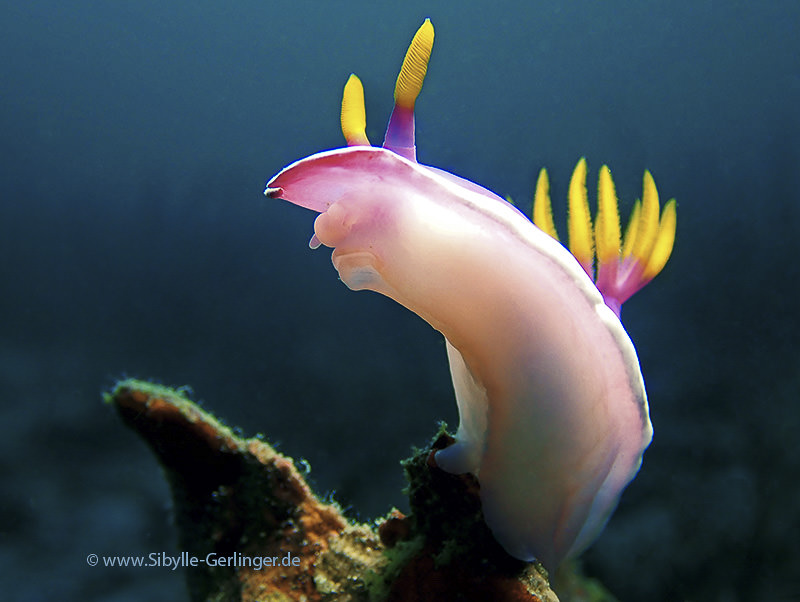
The Advantage of a Compact Camera
During the last few years there has been amazing development in the compact cameras arena for underwater usage. If you take underwater photography seriously, you will need a housing, but there is a wide range on the market for the popular compact cameras. I am using an Olympus Tough TG-5 in a Nauticam housing and I am very happy with my choice. Especially when photographing all the fascinating macro creatures and critters, this camera suits all needs. It provides beginners with good results which are easy to achieve. The Olympus TG-5 is able to shoot jpg and RAW with 12 megapixels and has little noise up to ISO 800. The equipment is handy and not too heavy in a backpack, although it still has negative buoyancy underwater. For beginners I would always recommend starting with macro photography. The animals usually move more slowly, which makes it easier to take pictures, and you don’t need to add the extra expense of a wide angle wet lens.

Auto vs Semi-Manual
Don’t bother with the technical details too much at the beginning. Use the Auto exposure setting. Learn by trying. I always take some pictures in the Auto setting first, before starting experiments in the more manual Program and Aperture modes. This makes sure that you at least come up with some nice shots, and gives you the patience you need for shooting photos with a bit more manual control. (Editor’s note: although the TG-5 has semi-manual control, it does not allow full manual functionality).
The TG-5’s microscope mode is an extra bonus, which makes this little camera my best friend. It enables me to take good pictures of very small organisms like Shaun nudibranchs, which are the size of a grain of rice, without needing to use an additional macro lens.
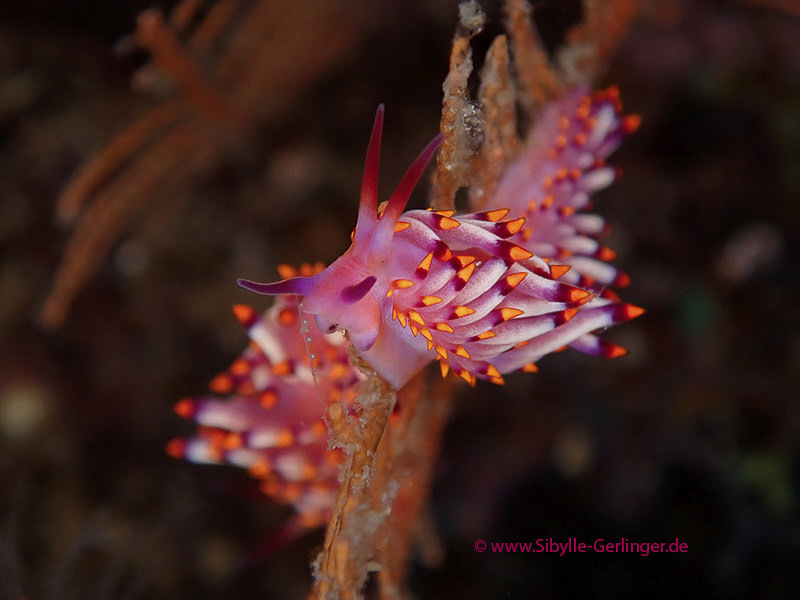
You Need Light
The photographer takes the picture, not the camera. But it is the light that creates the atmosphere. Without an external light you will not receive satisfying results underwater. I prefer an LED video light (e.g. from Orcatorch or Weefine) to a strobe. The usage is simple because you see exactly where the light is pointing, and what is being illuminated. Of course, a strobe with a minimum brightness of approximately 100,000 lumens is much stronger than a video light, with a maximum of about 10,000 lumens. But as long as you take macro pictures, using a video light is not a big disadvantage, and it can provide decent enough lighting.
If you want to light your whole subject equally from all sides, I would recommend the Weefine Ring Light. This LED light provides four different light intensities, in addition to red and UV light, and can also be used as lower-power strobe.
Opposite to this I also love snoot pictures. By lighting only a small spot or a part of the object, you can create magical scenery. (Editor’s note: if you want to learn more about snoots, check out our Ultimate Guide to Snoot Photography).
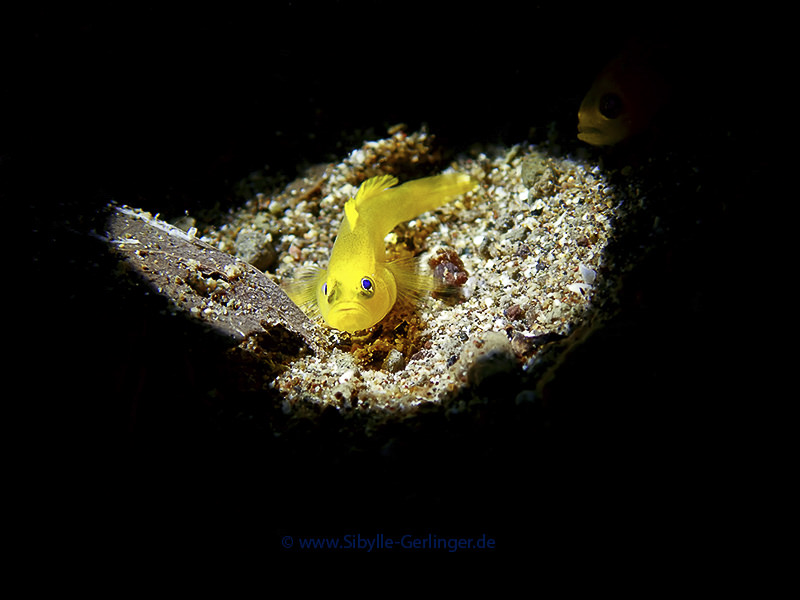
Creativity
As well as light, you need some creativity and ambition to shoot nice pictures. Take a look at what the “big players” do, try to think of a different angle. It is less important that you find a rare creature down there. The most ordinary nudibranch can be a very suitable and interesting subject if you find a new point of view or a different way of lighting. Good pictures are very much about patience and waiting for the right moment, and the right movement of the animal. Always take your time; never hurry!
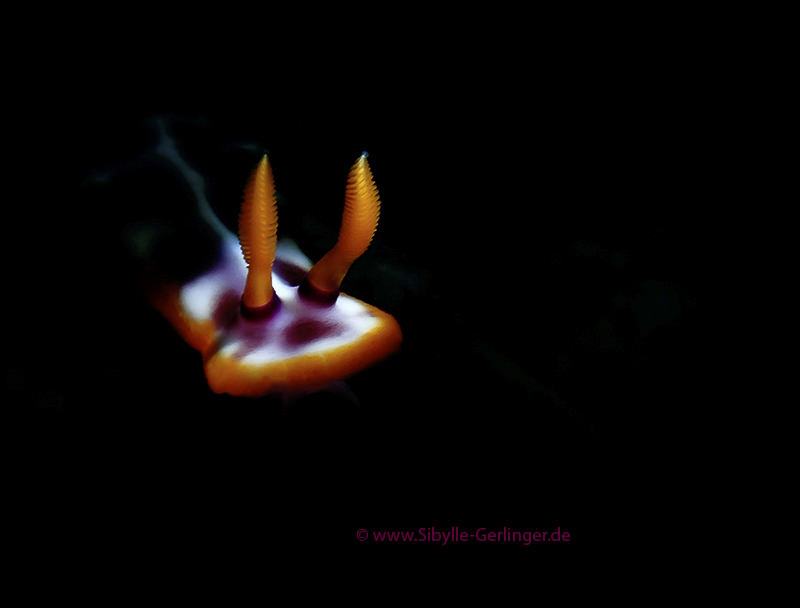
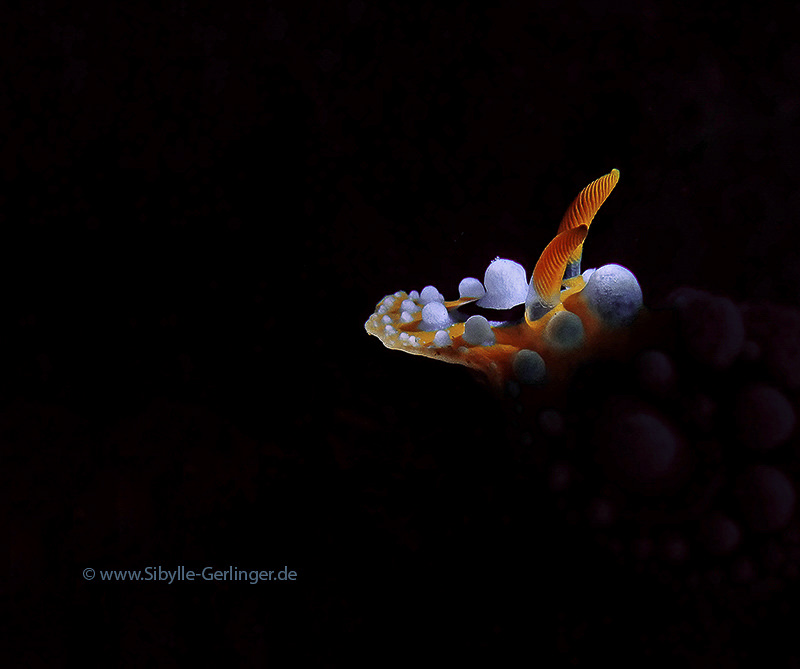
Underwater Ethics and Skills
First of all: don’t start with underwater photography if you don’t have good diving skills. Good buoyancy is essential! When you are still learning to control your buoyancy and fighting with your camera underwater, you will break corals, chase fishes or inadvertently step on small creatures. Always be aware of yourself and your gear (very often your octopus or gauge will be hanging under your body, which can easily damage corals). Control your fins.
I think we should always be aware that we are only guests in a beautiful world which is not ours, and we should dive with respect. I don’t move, replace or try to harass any animal under water. I don’t dive with a pointer. One of my role models for underwater photography is the wonderful Ellen Cuylerts. She put it in very simple words: “Work with what you get.”
Since I started doing underwater photography, many things have changed for me. Divers who do not carry a camera often say that photographers see less under water because they always focus on looking out for scenes and subjects to shoot. I think that this is not true. I definitely spot much more during my dives now. Only, the perspective is different. My dives have changed from a leisurely stroll into a concentrated walk.
The biggest change of all, though, has been for my favorite buddy, my husband Gerald. He lost his underwater model, but he gained a companion in photography.
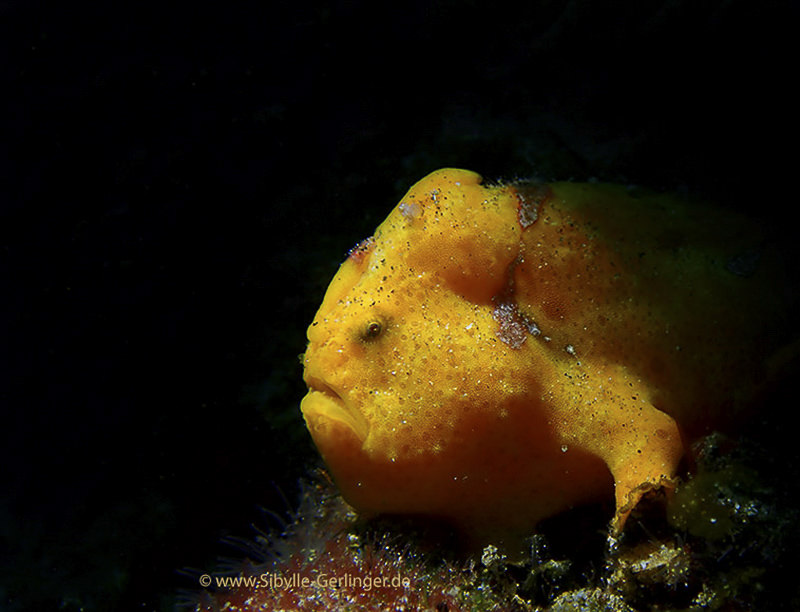
Gear Used
- Olympus Tough TG5
- Nauticam Housing
- Weefine wideangle wetlense WFL02
- Weefine Ringlight
- LED light Weefine smartfocus 6000
- LED light Orcatorch D950V
- Subtronic Strobe Pro 160
- Supe and bubble scuba snoot
- Diving equipment supplied by mares
Bluewater Photo Gear Links
Bluewater Photo, sister company to the Underwater Photography Guide, carries the TG-5 and many accessories. Some links are provided below.
- Olympus Tough TG5
- Nauticam TG-5 Housing
- Kraken Sports KRL-2 Wet Wide Angle Lens
- Kraken Sports Weefine Ring Light 1000
- Kraken Sports Weefine Ring Light 3000
Additional Reading
RECOMMENDED ARTICLES
SUPPORT THE UNDERWATER PHOTOGRAPHY GUIDE:
The Best Service & Prices on u/w Photo Gear
 Visit Bluewater Photo & Video for all your underwater photography and video gear. Click, or call the team at (310) 633-5052 for expert advice!
Visit Bluewater Photo & Video for all your underwater photography and video gear. Click, or call the team at (310) 633-5052 for expert advice!
The Best Pricing, Service & Expert Advice to Book your Dive Trips
 Bluewater Travel is your full-service scuba travel agency. Let our expert advisers plan and book your next dive vacation. Run by divers, for divers.
Bluewater Travel is your full-service scuba travel agency. Let our expert advisers plan and book your next dive vacation. Run by divers, for divers.




